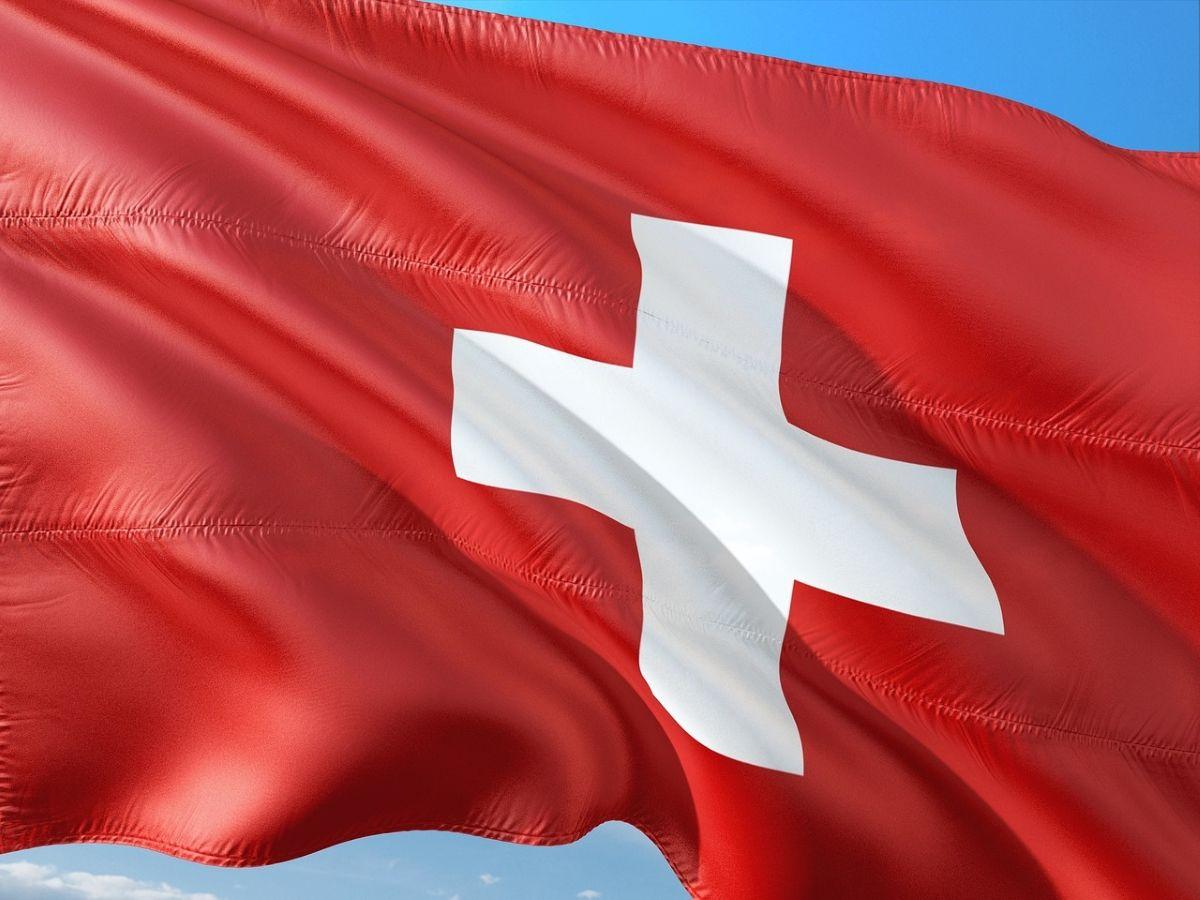Swiss Tariffs Cut: US Slashes Duties on Swiss Goods to 15%
By Tredu.com • 11/14/2025
Tredu

The headline decision
The Swiss government said on Friday that the United States will reduce tariffs on Swiss goods to 15%, down from 39%, after a round of constructive talks between senior officials in Washington and Bern. Swiss Economy Minister Guy Parmelin met U.S. Trade Representative Jamieson Greer this week; both sides described the meeting as productive, with Switzerland publicly thanking President Donald Trump for supporting an outcome that eases pressure on exporters. More implementation details are scheduled to follow, according to government statements and wire reports.
How we got here
The shift caps days of accelerated diplomacy and months of business lobbying. Swiss and U.S. officials had signaled they were closing in on a framework to take the rate to 15%, a level that would align more closely with what the European Union faces. Earlier in the week, Parmelin said the sides had “clarified virtually everything,” framing the sticking points as solvable. Reporting also noted that industry leaders helped re-open channels after negotiations stalled in the autumn.
What changes for exporters
A cut to 15% reshapes price dynamics for hallmark Swiss categories such as watches, machine tools, and chocolate, where the 39% levy disrupted orders and forced margin concessions. Trade groups said the lower line rate should stabilize contracts and near-term shipments, although some distributors may seek to renegotiate terms that were revised during the higher-tariff window. Analysts expect the earliest volume response in consumer goods that move on standard logistics; capital equipment tends to lag, since buyers often wait for clarity on rules of origin and invoicing.
What still needs to be confirmed
Officials have described the result as a tariff reduction to 15%, but the legal packaging matters. Market participants want to see the precise scope, the timeline for rate changes in customs systems, and any carve-outs tied to content tests or sectoral annexes. Swiss sources cautioned that formal signing and codification can take time even when political agreement is in place, a sequencing risk that could keep some buyers in wait-and-see mode for several weeks.
Why Washington moved
U.S. officials tied progress to a plan from Bern to narrow Switzerland’s bilateral surplus and to deepen cooperation on targeted industrial investment. The mechanics are not yet public, but the direction is clear: reduce the across-the-board burden, keep levers for compliance, and encourage trade that supports U.S. output and jobs. The approach mirrors recent U.S. talks with other partners, where headline tariff numbers sit alongside monitoring and review clauses.
Market and corporate reaction
Shares of prominent Swiss exporters had already reflected growing optimism as headlines turned from confrontation to settlement. Luxury groups and mid-cap industrials were cited as likely beneficiaries once customs software, distributor pricing, and inventory strategies realign to the 15% level. Executives said they would prioritize restoring service levels for U.S. retailers and industrial clients, then revisit product launches delayed during the tariff shock.
Where risks remain
Execution risks persist. Customs implementation must be clean, otherwise shipment backlogs could reappear. A stronger Swiss franc would offset part of the tariff relief for U.S. buyers. If detailed annexes include narrow carve-outs, some sub-sectors could still face higher effective rates. Finally, politics can intrude; Swiss officials and industry voices noted that final signatures and any review milestones will determine how durable the repricing is through 2026.
Context inside Switzerland
The episode highlighted how Switzerland, outside the EU customs union, can become exposed when a large partner recalibrates tariffs quickly. Business leaders stepped in to complement official channels, a corporate-state tandem that helped move the dialogue from dispute toward a rules-based compromise. Commentators said the process may become a template for future cases, pairing diplomatic outreach with sector-specific data on jobs and investment in U.S. communities.
The numbers that frame the story
Before Friday’s announcement, media tallies pointed to a 39% rate that crimped shipments and pressured pricing across several categories. The new 15% line rate marks a sharp step-down that exporters hope will normalize tendering and restore predictability to 2026 order books. Swiss negotiators also indicated that most operational issues had been ironed out during meetings in Washington this week.
What to watch next
Importers will scan customs notices for the effective date, while trade lawyers parse any side letters. Logistics teams will reprice lanes; finance chiefs will adjust gross-margin bridges and FX hedging. If the implementation proceeds without delay, watch for a two-stage recovery: consumer categories first, then complex machinery as procurement cycles reset. Industry groups plan to brief members once the U.S. publishes the final tariff tables.
Bottom line
The US–Switzerland tariffs cut to 15% after talks gives exporters meaningful relief and reduces uncertainty created by the prior 39% level. The outcome rewards persistent diplomacy, yet durability will hinge on smooth implementation, clear scope, and stable politics on both sides of the Atlantic.

How to Trade Like a Pro
Unlock the secrets of professional trading with our comprehensive guide. Discover proven strategies, risk management techniques, and market insights that will help you navigate the financial markets confidently and successfully.


